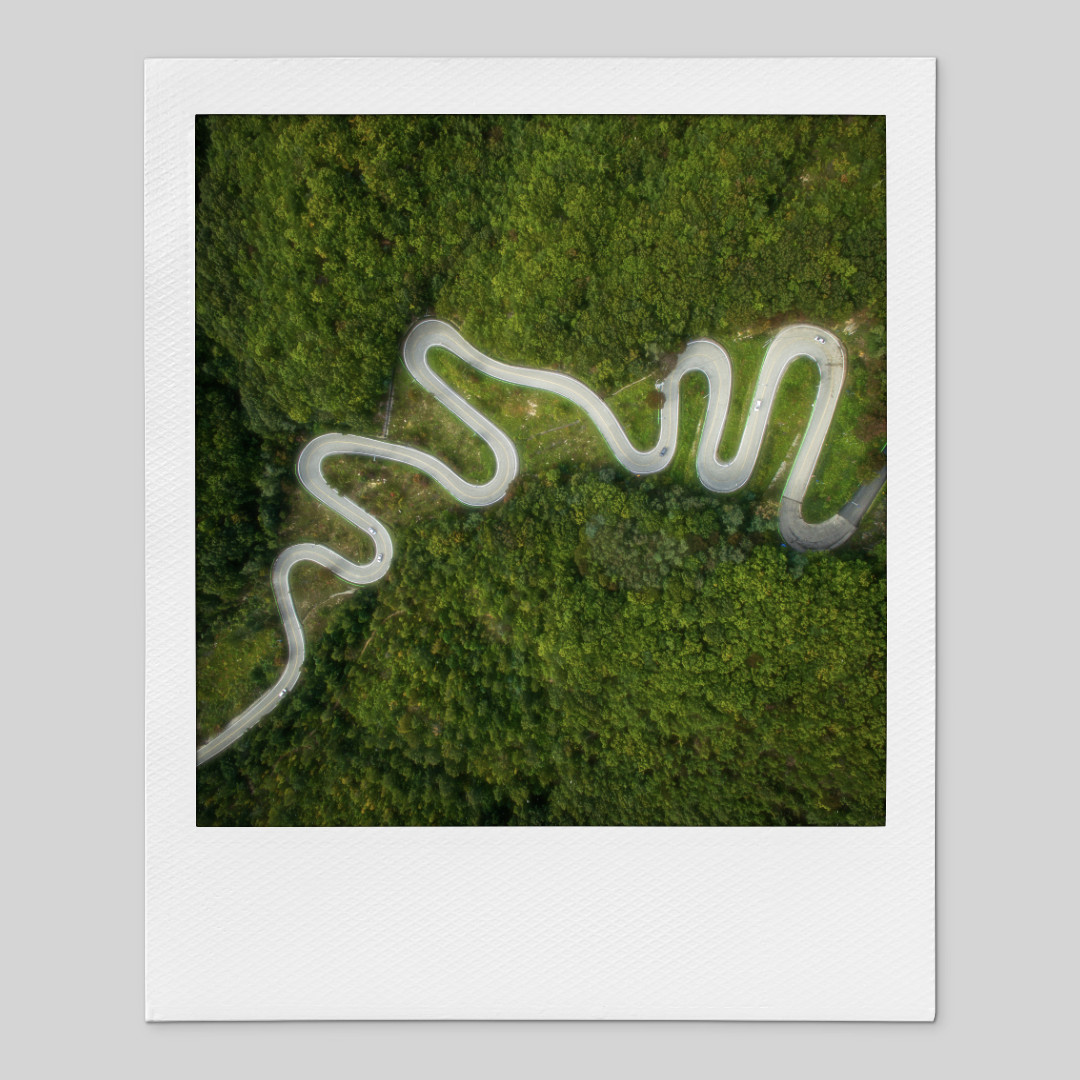Recent Journal Posts
The recent musings, out-takes and excerpts
In "Signal. Image. Architecture.," John May argues that traditional drawing in architecture has been overtaken by technics of imaging since the advent of software like AutoCAD. He highlights that contemporary architectural practices are now focused on digital image creation, detaching from the hands-on skill of drawing. This shift has left younger architects with no familiarity with manual drawing techniques, reflecting a broader change in technical production methodologies.
This evolution signifies the replacement of orthographic production's historical and temporal relationships with a new culture centered on imaging. Despite the persistent, hand-crafted nature of architecture, the industry still relies on two-dimensional representations derived from digital models, awaiting a future where digital constructs play a direct role in building processes. In this context, senior practitioners strive to instill an understanding of traditional orthographic documents and their relevance, even as digital tools dominate.
The book prompts reflection on whether the analogy of ‘drawing with words’ still holds validity in a digital-first design landscape. It questions whether such analogies remain meaningful in a world where traditional drawing practices are essentially obsolete. This contemplation acknowledges the complexities and ongoing transitions within the field of architecture.
Read more...Further to this older post I have been thinking about the book again, and what it may offer to its readers. I had an interesting pathway into design, one that combined the formal and spatial composition typically associated with architectural design with the crafting of words, sentences and meaning in the service of the design effort. I think the book will offer students of architecture and design an alternative pathway to that typically pursued in the profession, transposing the desire for 'design' (the verb) into the world of 'writing' (also a verb). Not one or the other; not exclusively defining the overall effort in one medium or another - rather, a combinatory pathway into a career in design.
Will I manage to pull it off? I am uncertain. Nevertheless, here goes.
Read more...Who is it for?
It is for students of architecture and design who want to write like a designer.
Read more...Join the community & get updates on the book.
I promise I won't over-communicate.
© 2024 Marcus Baumgart







